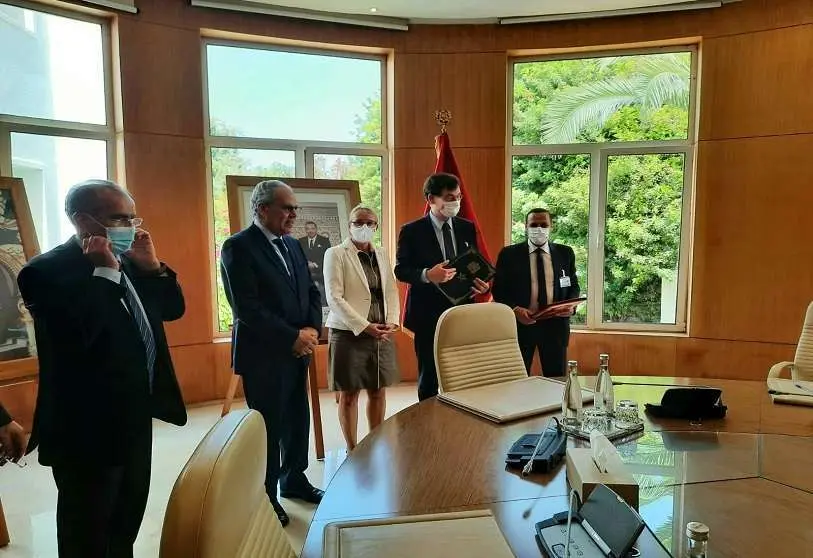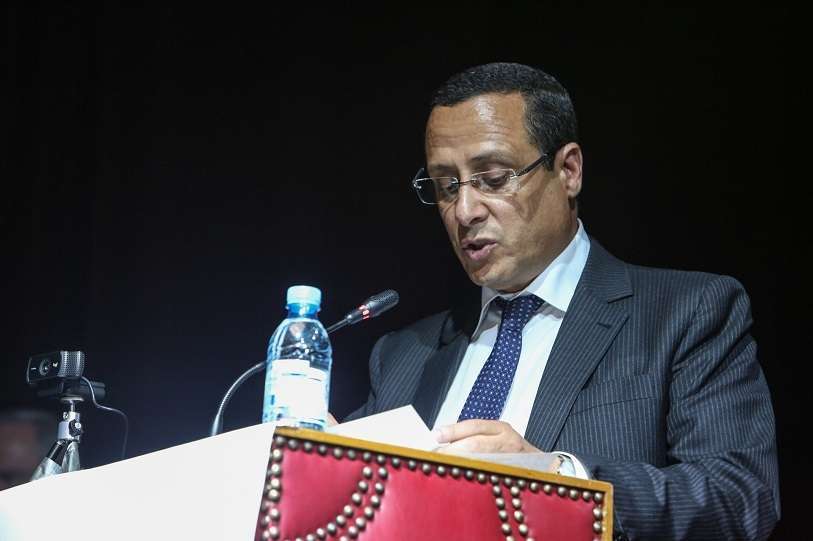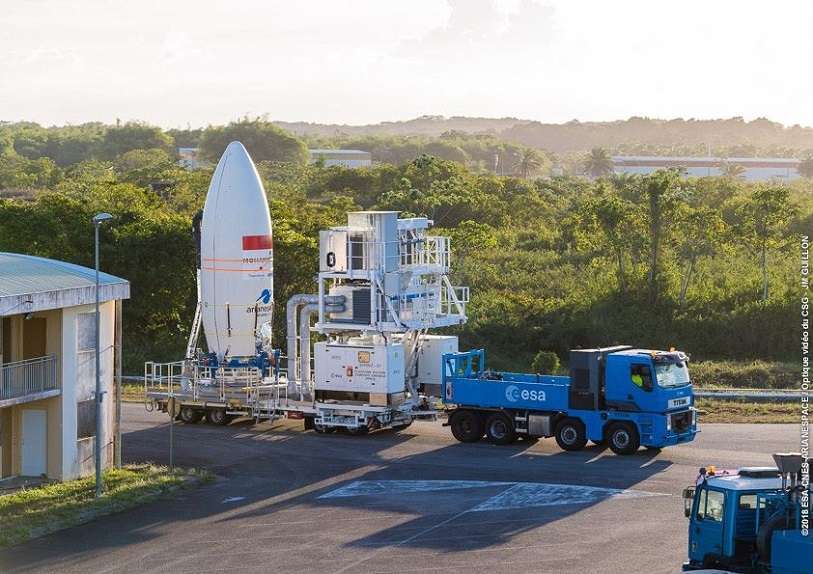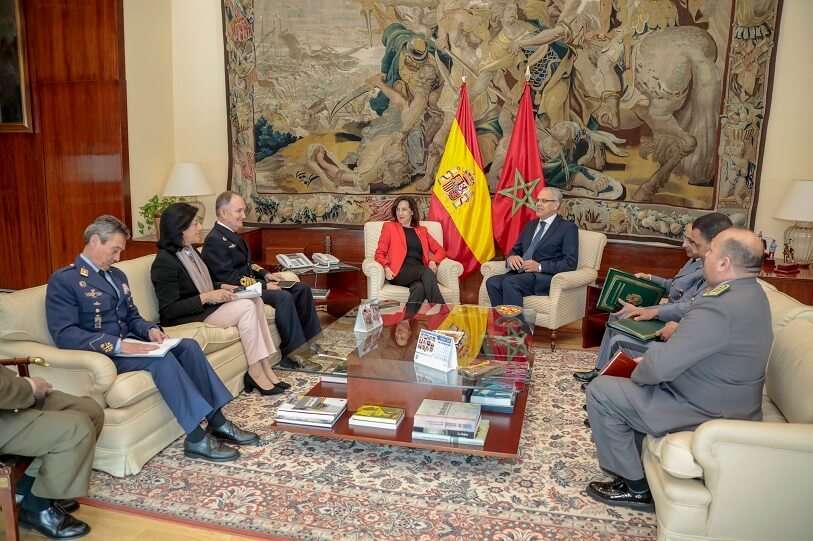Morocco strengthens its strong cooperation ties with France, including in space matters

For decades, Morocco and France have maintained and renewed their close political, economic, industrial and military relations, which even extend to the field of space.
Mohammed VI has two French-made electro-optical spy satellites in orbit. Both are primarily dedicated to border surveillance, keeping the movements of the Polisario Front under control and keeping an eye on Algeria's rearmament. Rabat now wants to expand its capabilities and move into satellite manufacturing, increase the level of training and the number of analysts in image interpretation, and promote its agricultural development, areas in which it has the full cooperation of the Elysée Palace.

The person who has finalised the clauses of updated bilateral relations is the newly appointed president and CEO of France's Centre National d'Etudes Spatiales (CNES), the official name of the French space agency. Only three months in office, Philippe Baptiste has just signed a set of space cooperation agreements in the Alawi capital, extending and enhancing the joint activities concluded in 2015.
The pacts signed at the end of last week strengthen the ties that CNES maintains with the two organisations that assume governance of the Moroccan space sector. The most important of these is the Royal Centre for Remote Sensing in Space (CRTS), which is responsible for establishing guidelines for the Kingdom's administration and civilian public organisations to make efficient use of satellite imagery.

Under the direction of Driss El Hadani, the CRTS represents Morocco in the international space community. The second institution is the Royal Centre for Research and Space Studies (CRERS), which deals with technological and scientific aspects under the leadership of Professor Zakaria Moudden.
Both institutions are under the portfolio of the National Defence Administration, which has been under the supervision of Minister Abdelatif Loudy since December 2010. A politician of Mohamed VI's utmost confidence, by delegation of the monarch, he is in charge of the functions of a Defence Minister, a post he has held since the last period of the Istiqlal Party government headed by Abbas El Fassi. He continued to hold this post under Abdelilah Benkirane (2011-2017) and continues to hold it in the government of Saad Eddine El Othmani, who, like his predecessor, is from the Justice and Development Party.

The Rabat and Paris authorities have placed the emphasis of the three-way pact between the French CNES and CRTS-CRERS on climate change issues. The agreement entails Morocco joining the so-called Space Climate Observatory or SCO. An initiative created in 2017 by President Emmanuel Macron himself following the Paris Climate Summit Agreements of December 2015, it aims to limit greenhouse gas emissions to contain the rise in global temperature.
They have also emphasised improvements for agriculture. Morocco's two observation platforms "cover 100,000 square kilometres every year", according to Omar Zniber, Morocco's Permanent Representative to the United Nations in Geneva. Their data and images make it possible to produce "some 370 maps", which facilitate the fight against desertification, the planning of major infrastructures and the management of water resources, as in the case of the IRRISAT irrigation project, the diplomat stresses.

However, the Franco-Moroccan agreements transcend the environmental framework and are closely linked to security and defence. The pair of spy platforms - named Mohammed VI-A and VI-B - were put into orbit at the end of 2017 and 2018. For their successor, Rabat hopes to have successfully boosted its aerospace sector and to be in a position to provide components and equipment when the current satellites in service need to be replaced.
To boost the training of space engineers and technicians and develop national manufacturing capabilities, the Alawi prime minister, Saad Eddine El Othmani, has launched a programme aimed at building nanosatellites. Little else is known, but it is known that the country's main polytechnic universities are involved in programmes aimed at training teachers and engineers in all fields to develop the manufacture of small devices.

The two Mohammed VI observation satellites are far beyond Morocco's capabilities, as they are based on the high-tech French Pleiades platforms. With their hexagonal exterior shape and 1,100 kg launch weight, their purchase for some 500 million euros was agreed with the utmost discretion by then Prime Minister Abdelilah Benkirane and French President François Hollande.
In addition to the acquisition and launch of the two spacecraft, the agreement between the Paris and Rabat governments involved the development of a pair of satellite monitoring and control centres and the training of Moroccan technicians to analyse the images received on the ground. The prime contractor for the project was Thales Alenia Space France, which provided the optical sensors and associated hardware, while Airbus Space Systems France provided the structures for the two spacecraft and the other on-board equipment.










